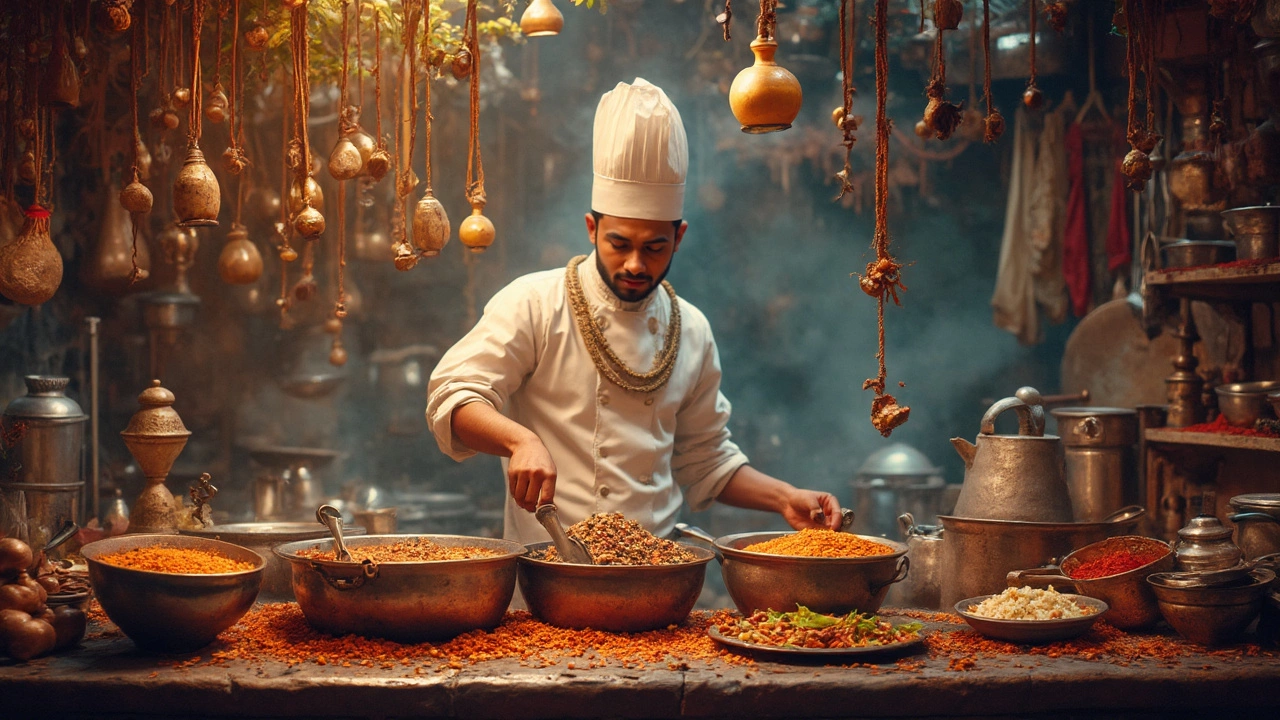
Understanding Cooking Utensils: A Handy Guide
Explore the world of cooking utensils, the essential tools of every kitchen. Learn why these items are called 'kitchenware' and discover their roles in making cooking easy and enjoyable. Dive into the common materials used and get juicy tips on choosing the right tools. Understand how a well-equipped kitchen transforms the cooking experience.
View More